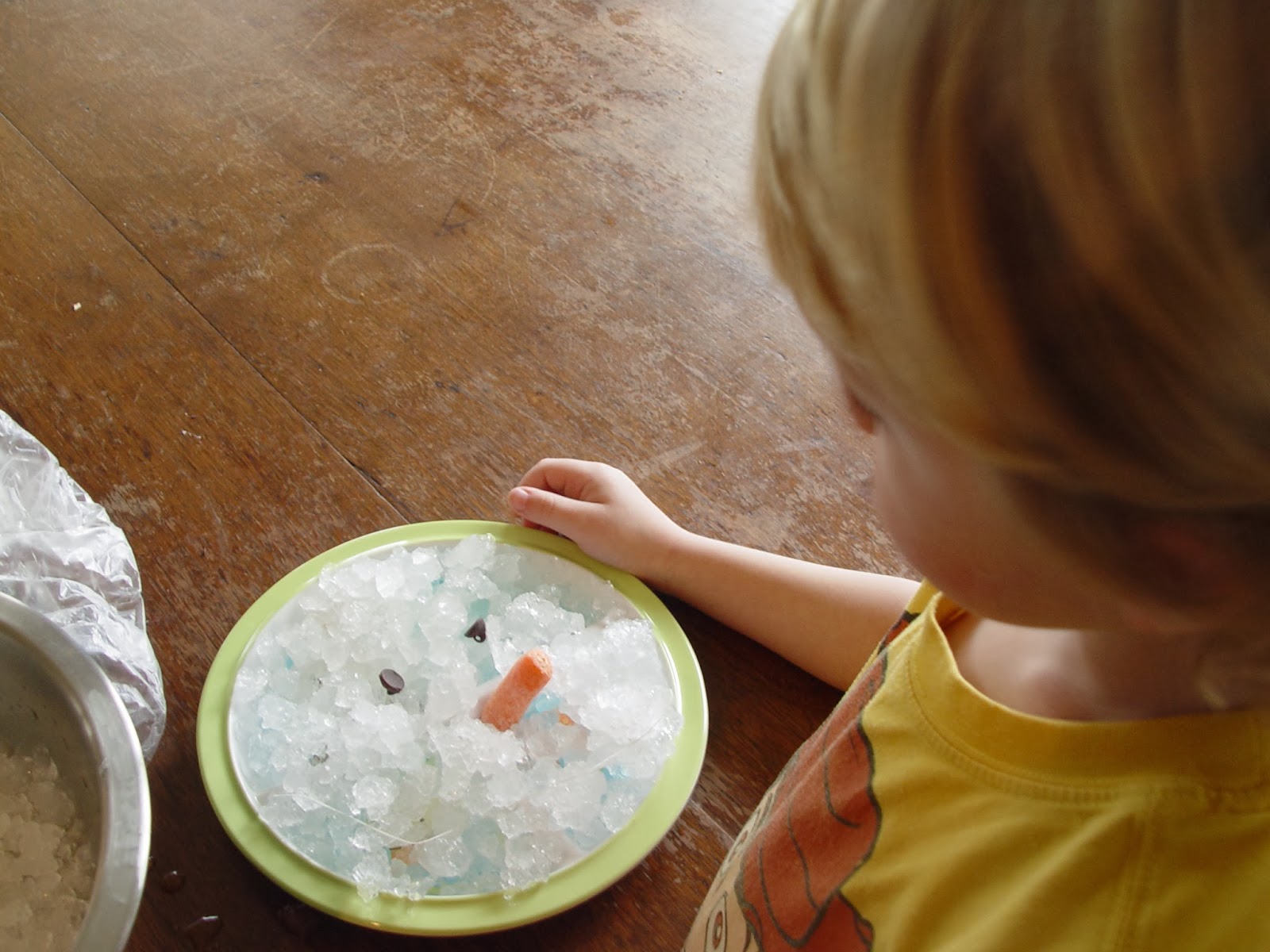I though some of you, especially those new to homeschooling wee ones, might like to hear how we start our day. So here goes...
We don't have a set schedule for when our school day begins. Most days we do our school work in the morning, but other days we don't start until after their mid-day nap. However, to punctuate the fact that school work has begun and that they will be required to stay in the school room until we're finished (or until mom releases them), we have calendar time. Calendar time is devoted to basic memory work, getting the wiggles out, and of course...discussing the calendar.
First, they snuggle into their little bean bag chairs in the reading nook and we say a prayer together. Right now we're working on the sign of the cross and the Our Father. After the prayer, we stand up and say the Pledge of Allegiance or sing the Star-Spangled Banner facing our little classroom flag. Then, we head over to our calendar area.
I picked up a little 8-pocket vertical pocket chart in the dollar spot at Target that was just right for the days of the week. We sing the Days of the Week Song to the tune of Alouette.
Sunday, Monday, Tuesday,
Wednesday, Thursday,
Friday, Saturday,
Then we start again.
The kids like to sing this at least 2-3 times pointing first to the days of the week on the pocket chart, and then to the days of the week on our calendar pocket chart. I like this particular pocket chart because all of the cards are in English and Spanish.
Then, I ask Hayden to identify which day of the week it is. If he doesn't know right off the bat, I give him a clue like, "If yesterday was Thursday, then which day is today?" That will almost always do it. Our calendar has cards for yesterday, today and tomorrow, so the kids move those cards to the correct days and we count in English and Spanish from one to whichever day it is.
Next, we talk about the weather. The calendar has cards for the seasons, the temperature and the type of weather we're having, so we identify all three and replace any cards that need to be changed. Then we move on to the months of the year. I have each month written out on sentence strips that I picked up in the dollar spot at Target. I point to each while we sing the Months of the Year song to the tune of 10 Little Indians.
January, February, March and April,
May, June, July and August,
September, October, November, December.
These are the months of the year.
Then, we talk about the current month, last month, and the next month. I ask them questions like, "What happens in December?" or "Which month do you go trick or treating." Hayden likes to count down the months till Christmas...that boy is obsessed. He's already planning out his Christmas wish list!
And finally, we move over slightly on the wall to the alphabet poster, numbers poster (1-20) and a map of the U.S. that I picked up at Dollar Tree. For Sophie's benefit, I quiz her a little on letters and numbers. She has a firm grasp on both, so we've moved on from naming the letters to telling me what sound they make...Hayden is quick to chime in if Sophie falters. As part of his memory work, he is working on U.S. states and capitals right now and is enamored with our Melissa & Doug Deluxe Wooden USA Map Sound Puzzle, so the last thing we do during calendar time every day is quiz him on the ones he should know.
This all sounds like a lot, but it only takes 5-10 minutes...10 if they're really bouncing off the walls or asking a lot of questions.
How do you start off your school day?
How do you start off your school day?
























